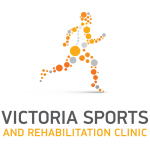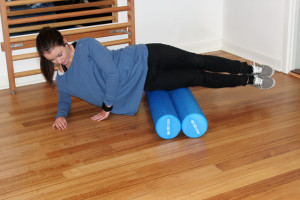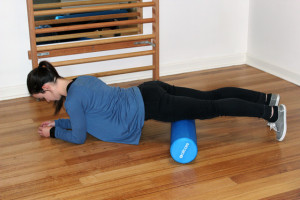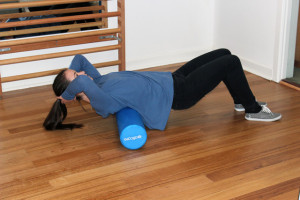A lot of people own a foam roller, try it once and don’t try it again because it hurts too much. The ones that stick with them swear by them. So why are they good? In short they work just like a massage. They improve circulation, reduce muscle tension and increase joint mobility and flexibility. A foam roller is perfect to use after that long run, when you may feel a little stiff or when you wake on Sunday morning all sore and realise you can’t get an appointment until Monday. They can also help prior to exercise as a part of your warm-up routine, by warming up and lengthening your muscles.
So what are the limitations of a foam roller? A foam roller is one of the tools to help with musculoskeletal conditions, but it is one of many and works well in some areas and not in others. It’s the same as knowing when to grab a phillips head screwdriver over a flathead screwdriver – use the right tool for the job.
Where the foam roller is king!
- Quadriceps – front of your thighs
- Iliotibial Band (ITB)– outside of your thighs. This one hurts more as you are putting your whole body weight through one leg. With the quadriceps your body weight is through both, distributing the weight. If you are at the gym you can try rolling on two rollers at once, this doesn’t hurt as much.
- Thoracic Spine – your mid back
It can work well in other areas, such as the gluteal muscles (buttocks), but a spiky ball is a much more effective tool for this area (more about spiky balls in our next blog article).
So how do you use a foam roller effectively and for how long? Like a massage therapist would work, you start working up and down the length of the muscle, identifying the specific sore areas. Then you focus in on those areas, these are the trigger points. You may hold your position on a specific spot. People always ask me, “how long do I hold it for?” The truth is there is no specific time. You hold it until it eases. If it is very tight it may take longer – 1-2 minutes. If is only a little tight it may settle in 30-60 seconds. The more regularly you roll the less time it takes.
A foam roller is a great tool before and after exercise and between treatments, if you do experience unbearable pain when using a foam roller ask your Osteopath for some further advice and if you would like specific exercises feel free to ask us at your next appointment.



